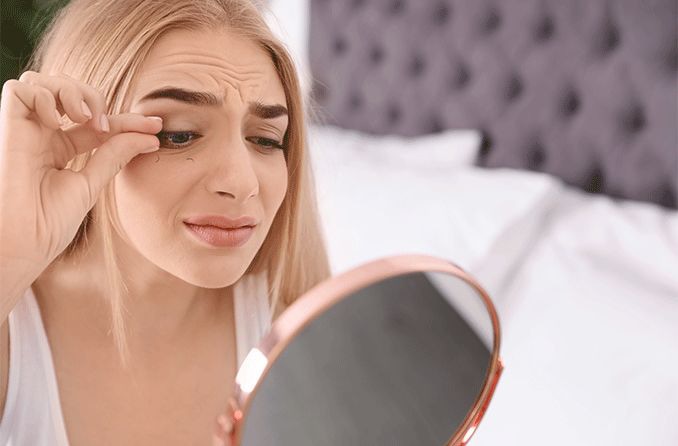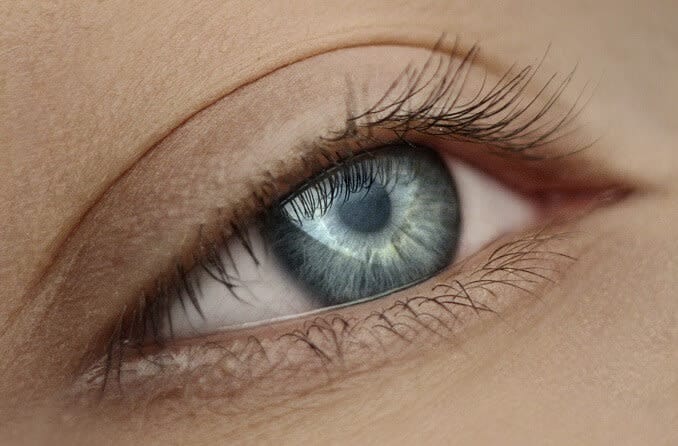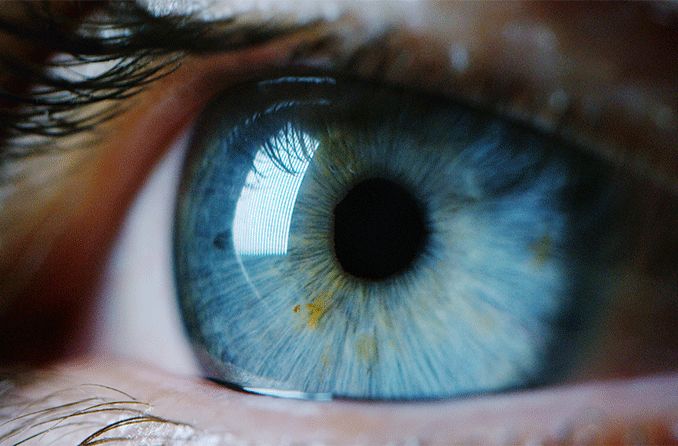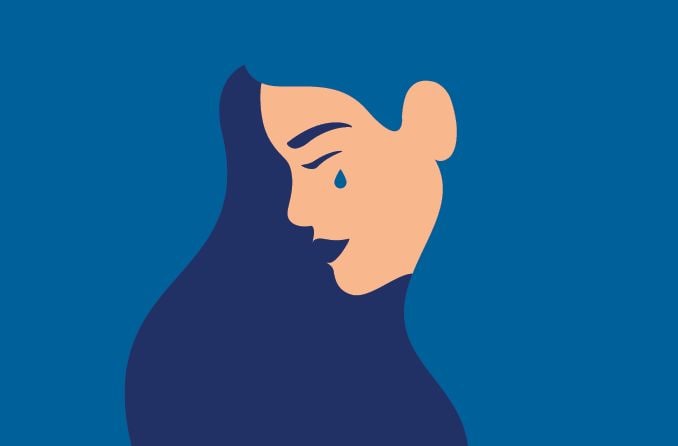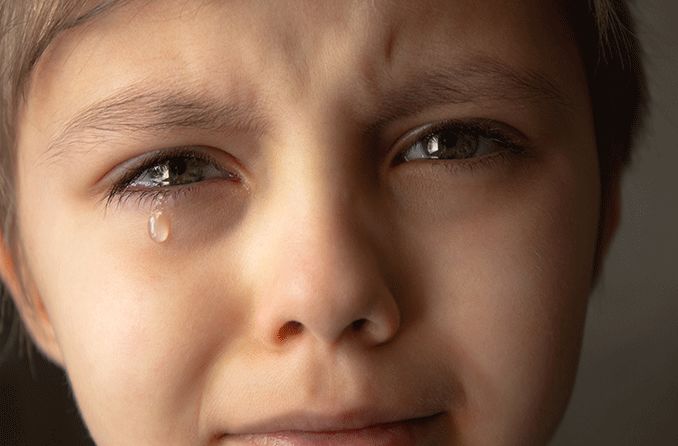How long does it take for eyelashes to grow back?
Eyelashes that fall out naturally, get plucked out or are even pulled out accidentally with an eyelash curler will usually grow back within a few months. However, certain underlying conditions can cause permanent eyelash loss and may require treatment.
By learning about the growth cycle of eyelashes, you can estimate how long it might take to see your eyelashes grow back.
How eyelash growth works
Eyelashes protect your eyes from allergens, dust, lint, dirt and other particles that can cause eye irritation or injury. But the eyelashes you see now aren’t the same ones you’ve always had.
Growing, falling out and regrowing are all natural parts of the eyelash cycle.
The eyelash growth cycle has three phases:
Growth phase – A new eyelash grows for one to two months at a rate of 0.12 to 0.14 millimeters (about 1/200 of an inch) each day.
Transition phase – The eyelash eventually stops growing, and the hair follicle shrinks. This takes about 15 days.
Resting phase – The fully grown eyelash protects the eye for four to nine months then naturally falls out.
The entire eyelash growth cycle lasts between 4 and 11 months before it starts over again.
SEE RELATED: Epiblepharon
Why are my eyelashes falling out?
It’s normal to lose an eyelash or two from time to time.
If you’re losing a lot of eyelashes, there could be an underlying cause that needs to be addressed before your eyelashes can fully grow back.
These causes can include:
Blepharitis – A common inflammation of the eyelids that can cause them to become red, swollen and crusty. If you have blepharitis for a long time, the swelling can lead to scarring along the part of the eyelids where eyelashes grow, causing eyelashes to fall out.
Cosmetics – Some types of makeup or beauty routines can cause eyelashes to fall out. Curlers, eyelash extensions, magnetic eyelashes and mascara that’s not replaced frequently enough can all cause this.
Skin infections – Some eyelid infections can cause eyelashes to fall out. Infections may be bacterial, viral or parasitic (such as mites or lice).
Burns or trauma – Eyelashes can fall out when certain burns and injuries affect the hair follicles.
Alopecia areata – A condition that causes partial or full loss of the hair on the scalp and may affect the eyebrows and eyelashes. In very rare cases, alopecia areata only affects the eyebrows and eyelashes.
Skin cancer – Rarely, skin cancer on the eyelid can cause eyelashes to fall out.
In many cases, your eyelashes will grow back once a doctor finds and treats any underlying causes.
Some conditions, such as injury or a condition that causes scarring, can make eyelash loss permanent. In these cases, a specialized surgeon may be able to perform an eyelash transplant to replace the eyelashes that won’t grow back on their own.
If you’re worried about whether your eyelash loss is normal, or whether your eyelashes will grow back, an eye doctor can perform tests to diagnose any causes and suggest treatment if needed.
Trichotillomania
When a person gets repeated urges to pull hair from their scalp, face or other parts of the body, it’s called trichotillomania (trik-o-til-o-MAY-nee-uh). Some people with trichotillomania pull out eyebrow hairs and eyelashes.
Trichotillomania is a mental disorder best treated by a qualified therapist with experience treating the condition. Therapists can use tools like cognitive behavior therapy and medication to treat this condition.
No one knows exactly what causes trichotillomania, but it may be partly genetic.
The disorder usually develops in the pre-teen years and can continue through life. Bald spots on the head and eyebrows, along with missing eyelashes, can be signs of trichotillomania.
If you or someone you know has trichotillomania, you may wonder if pulling out eyelashes is bad for your eyes.
Repeatedly pulling out eyelashes can lead to follicle damage and hurt regrowth. When eyelashes don’t grow back the right way, or at all, particles and foreign objects have a better chance of irritating or injuring the surface of your eyes.
Is eyelash plucking permanent?
Eyelashes usually grow back after they’re plucked. But new eyelashes need to be left alone for a while in order to complete the growth cycle.
That said, plucking eyelashes for cosmetic reasons isn’t nearly as common as plucking eyebrows.
Some people pluck their eyelashes due to trichotillomania. Others might pluck ingrown eyelashes to get relief from the irritation they can cause.
Can you make eyelashes grow back faster?
Some companies make over-the-counter eyelash “growth serums” marketed as miracle products for speeding up eyelash growth. Unfortunately, these products haven’t been proven to help eyelashes grow back any faster.
Some can also have side effects, such as eye irritation and darkening of the eyelids.
The only product approved by the FDA for eyelash regrowth is Latisse, which requires a prescription.
Latisse lengthens the eyelash growth phase and increases the number of eyelashes that grow, but it takes at least two months to see any results.
Whether you use eyelash growth medication or not, your eyelashes will need time to grow after they fall out, are plucked or get accidentally pulled from the eyelid.
When to see an eye doctor for eyelash loss
If you’re concerned about eyelash loss, see an eye doctor. Schedule an appointment if you experience:
Loss of lashes on both eyelids
Lash loss with redness, itchiness or flaking on the eyelids
Eyelash loss and vision changes
Lash loss and a feeling of pressure around the eyes
Loss of eyelashes, in addition to hair on the scalp or eyebrows
Compulsions to pull out your eyelashes
The doctor will examine your eyes, determine the cause of your eyelash loss, and suggest any treatments that might be able to help your condition.
READ MORE: Other conditions that can affect your eyelashes
Adam Debrowski also contributed to this article.
